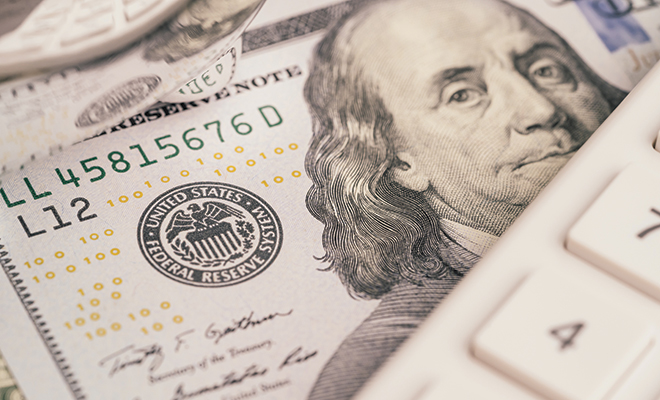
Everyday Impacts of the Changing Federal Funds Rate
The Federal Reserve System, or the Fed, is the central bank of the United States and is responsible for maintaining a secure, flexible and stable financial system. Aside from creating regulations for banks and other financial institutions, the Fed is responsible for maintaining our country’s financial stability through various avenues, including by adjusting the federal funds rate.
Throughout the past year, the United States saw unprecedented hikes in the federal interest rates. At the close of 2022, the federal funds rate was 4.33 percent, making borrowing costs for loans the highest since 2007. Economists predict that in 2023 the Fed will continue to raise the federal interest rate, though likely at a slower rate. The Fed officials have indicated their intention to raise the rate above 5 percent this year and keep it above 5 percent throughout the entire year.
According to the Fed, the target inflation rate for a healthy economy is approximately 2 percent. The 7 percent inflation of 2021 and 2022 is necessitating the rise in the federal funds rate. This inflation has been felt most acutely in the purchase of goods. Housing prices have risen significantly, and the cost of groceries has increased at a rate much higher than the national inflation average. Some grocery foods such as fresh produce, milk and eggs have experienced as much as a 15 percent increase, making weekly grocery bills significantly higher than a year ago.
While an increase in the Fed Funds rate will help slow inflation and hopefully stabilize the economy, the direct impact is more expenses for the average American. If you are carrying a balance on a credit card, your interest rates may have increased and will continue to increase significantly. The prime rate, which is what most credit card companies use to calculate variable APRs, is directly linked to the Fed Funds rate. As the rate goes up, the interest you are being charged on your credit card balance increases. Since that interest is rolled into your remaining balance the following month, the time it takes for you to pay off the credit card and the total amount you pay can be significantly impacted by the increased federal interest rates.
If your home mortgage or any other loan is written as a fixed rate, the change in the Fed Funds rate will not affect those payments. However, securing new loans will result in higher expenses. As mortgage interest rates increase, buyers are faced with either less buying power or higher total monthly payments. For a $500,000 home with a 30-year fixed-rate mortgage, an increase of just 0.5 percent in the interest rate can result in an additional $130 for each monthly payment. Over the life of the loan, the borrower will pay over $45,000 more in interest payments. The same applies to car loans, student loans and other fixed-rate loans. With a fixed-rate loan you can budget and anticipate your monthly payment, but that payment is going to be higher now because of the sharp increases of the Fed Funds rate.
Not all the ramifications of an increased federal funds rate are negative. Though interest rates are higher due to the rate jump from the Fed, this increase will hopefully combat inflation and help level the economy. At end of 2022, America was already seeing a slowing of the rate of inflation, and the Fed is hoping to see this trend continue throughout 2023. While they are still forecasting a moderate rise of the fed funds rate, most agree that it will cap somewhere around 5 percent and remain there, allowing the cost of eggs, cars, houses and other goods to return to a level market.
Another upside to the rise of the fed funds rate is an increase on savings account interest rates. Unlike the prime rate for credit cards, which is directly affected by the changes in the fed funds rate, independent financial institutions are not obligated to adjust the interest rates on their savings accounts. If you have money that you want to keep in a low-risk account, shopping for a high-yield savings account is worth the time now that rates have risen. Many of these financial institutions operate exclusively online, and by minimizing overhead costs they can offer higher annual percentage yields. This in turn will earn you more money in a low-risk environment.
The Federal Reserve System continues to adjust the Fed Funds rate in order to promote and balance the economy. In 2007, the last time we saw inflation at these rates, the Fed raised the rate too aggressively, which sent the economy into a recession. As the Fed adjusts the funds rate in today’s market, the hope is that by the end of 2023 the Fed will have stabilized the economy by mitigating inflation without causing a recession.
Sources: forbes.com, tradingeconomics.com and westernmassnews.com.







